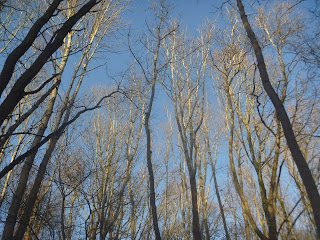
I saw this book mentioned on social media and was immediately drawn in by the title and cover art, so bought it. I'm very glad I did because it contains beautiful poetry about sea creatures in all their wonder.
The first poem 'An Octopus Picks Litter at the End of the World' sets the scene, a sad overview of how we have degraded the oceans. The octopus:
"...adapts. This alien debris has bewildered her
fellow sand dwellers but she is an architect, a pioneer.
A cave of can. An inverted volleyball is an ample bowl."
This is poetry that doesn't shy away from showing life under the water as it is in these days of ecological degradation, for example taking in issues such as ghost nets, discarded fishing nets that lie, forgotten in the sea and kill unknown numbers of sea creatures:
"A spinner dolphin hangs...../ fins holding up knotted chains / Marley's ghost, snared harbinger." from Ghosting.
As well as a keen ecological awareness, Hainsworth has a real way with words, filling her poetry with vivid phrases: whale sharks are described as 'gormless Goliaths', a penguin is a 'monochromatic philosopher' while the Early Morning Manatee is an 'easy balloon animal' and Jellyfish is 'faceless, barely alive, tendrils spread / like a wedding dress. She is a bulb / of panic'
My favourite descriptions, though, come in the title poem Walrussey, about a walrus that was seen in British waters a few years ago.
"Perhaps you are a scout from a melting world,
a tusked omen, disaster warning. Dear walrus
of wanderlust, mustachioed philosopher,
you are all of us, floating in an ocean-universe
with no choice but to go on seeking."
But there is hope, and it's very fitting that the collection ends with the image of a rare Blue Lobster being "returned to the sea, dropped like a coin, like a wish."
Walrussey by Bex Hainsworth, published (2023) by Black Cat Poetry.























































